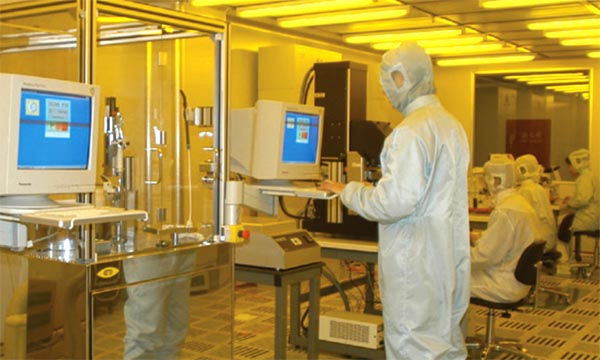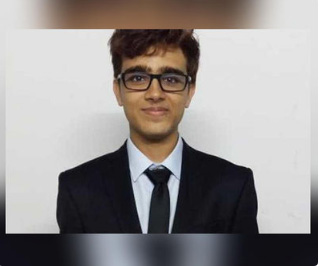Researchers at Tsinghua University in China and State Key Laboratory Integrated Optoelectronics, Institute of Semiconductors (IOS), Chinese Academy of Sciences have developed a significantly improved SSVEP system. It can achieve rates of about 60 characters (∼12 words) per minute (5.32 bits per second) — a claimed new world record for BCI spellers, using either non-invasive or invasive methods.To achieve that, the 40 characters in the stimulation matrix (used on the display) are tagged with a more sophisticated flickering frequency and phase coding scheme similar to that used in telecommunications systems, along with user-specific decoding. Real-time data analysis recognizes the target character through pre-processing, feature extraction, and classification.Brain–computer interface (BCI) spellers allow a paralyzed patient to spell out words by looking at letters on a screen. Paralyzed patients can communicate by gazing at different letters to spell out a word.
Fastest brain-computer-interface speller developed





